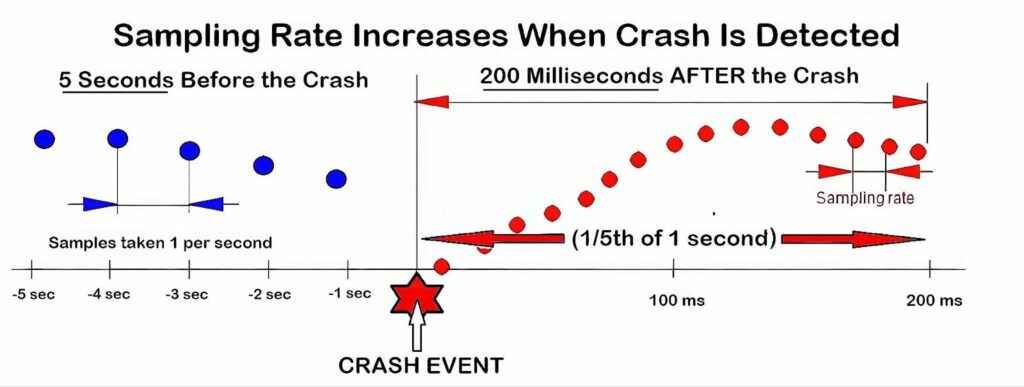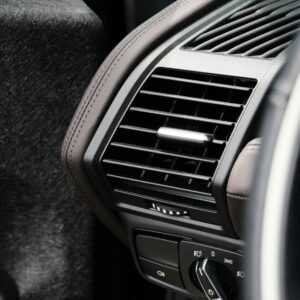If you go looking for the physical location of the module, you probably won’t be able to find it, because the event data recorder (EDR) is typically embedded within another module, most often the airbag control module (ACM), which GM calls the supplemental restraint system (SRS).
However, in some vehicles, the EDR can be located underneath the driver’s seat, front passenger’s seat, or the center console of the vehicle. The exact location depends on the make and model of your vehicle.
Also known as a black box, the EDR is a device that’s used to record information about a vehicle’s activity. It’s often used to assess a driver’s actions before, during, and after a crash to determine data such as vehicle speed, steering angle, brake application, and airbag deployment. Because of this, the EDR is invaluable to understanding what happened to a vehicle in the event of an accident.
Starting with the 2001 Lexus LS400, EDRs were incorporated into all Toyota, Lexus and Scion vehicles by 2007. But most vehicles manufactured after 2012 come equipped with an event data recorder. The EDR isn’t government-mandated but, if installed, records at least 15 specific data points, including speed, throttle, brake use, and crash severity.

The EDR will record data when the vehicle experiences a rapid change in speed that exceeds a specified threshold that is determined to exceed normal driving. For example, a panic stop won’t trigger a recording, but hitting a curb might. It’s similar but not exactly the same as the criteria set for airbag deployment.
In newer vehicles, some crash-related data may also be stored in infotainment or telematics systems, though they’re not technically considered EDRs.
Can You Access the EDR of a Car at Home?
Under the Driver Privacy Act of 2015, the data stored in an EDR is legally considered the property of the vehicle’s owner or lessee. That means:
- You have the right to access, control, and even erase your own EDR data.
- No one else (mechanic, insurer, manufacturer, or law enforcement) can retrieve or delete it without your consent, unless authorized by a court order or under specific legal exceptions.
Some EDRs are designed to overwrite data after a certain number of ignition cycles due to memory space considerations.
But intentionally wiping data when you know it may be needed for legal or investigative purposes can put you in a legal quagmire.
Keep in mind accessing the EDR also requires specialized equipment that isn’t easily available to the general public. You’re better off asking a mechanic to access your vehicle’s EDR, and even then, they will need legal permission to do so.
Any information provided on this Website is for informational purposes only and is not intended to replace consultation with a professional mechanic. The accuracy and timeliness of the information may change from the time of publication.
































